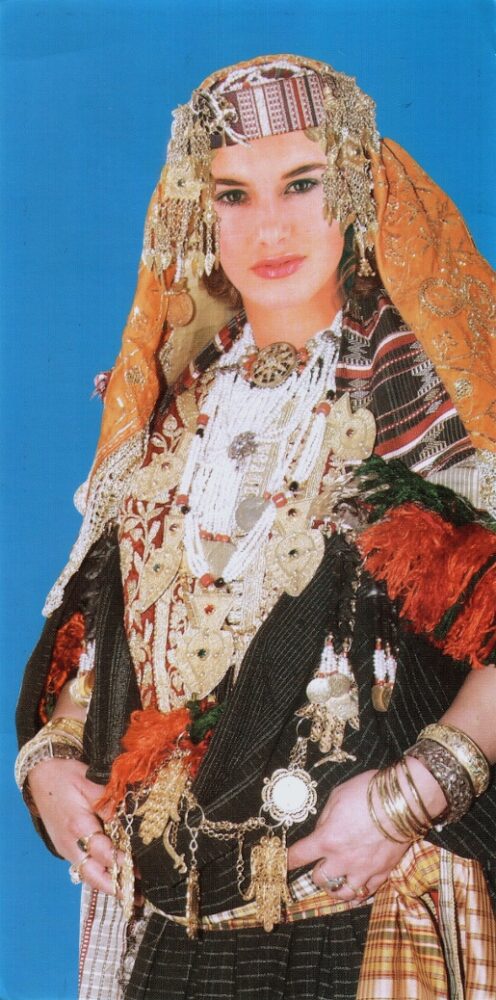This week’s theme over Thursday Postcard Hunt is “crafts, fabric art, and textiles”, and I have two to share this week that I hope align with the theme.
My first postcard takes us to the vibrant island of Taiwan, where indigenous artisans craft stunning porcelain rice and noodle bowls. These handmade pieces, adorned with intricate designs, are not only functional but also beautiful works of art.
The designs on these bowls often reflect the cultural heritage of different Taiwanese indigenous groups. Each stroke of paint tells a story, showcasing the unique artistry and traditions of these communities.
Our second postcard transports us to the North African country of Tunisia, where traditional women’s clothing is a display of the nation’s rich cultural heritage.

Tunisian women’s attire is known for its vibrant colors, intricate embroidery, and distinctive styles. Common garments include the farmla (waistcoat), jebba and kadrûn (dress), takrita (scarf), quofiya (cap), kmâm (“handles”), and qmajja (tunic). A key feature of Tunisian traditional clothing is the bent cut tunic, which has an asymmetrical hemline that creates a visually striking silhouette. The garments are often adorned with intricate embroidery, particularly on the neckline, cuffs, and hem.
The fabrics used for Tunisian traditional clothing vary depending on the occasion and region. Wool, cotton, and silk are common choices. These garments are often accessorized with ornate jewelry, including money wires and other decorative elements.
Once all these garments are put together it creates a lovely and very colourful costume! Wedding attire in Tunisia is even more elaborate, featuring even more intricate embroidery and luxurious fabrics. While these stunning ensembles are undoubtedly beautiful, one can’t help but wonder about their weight!




